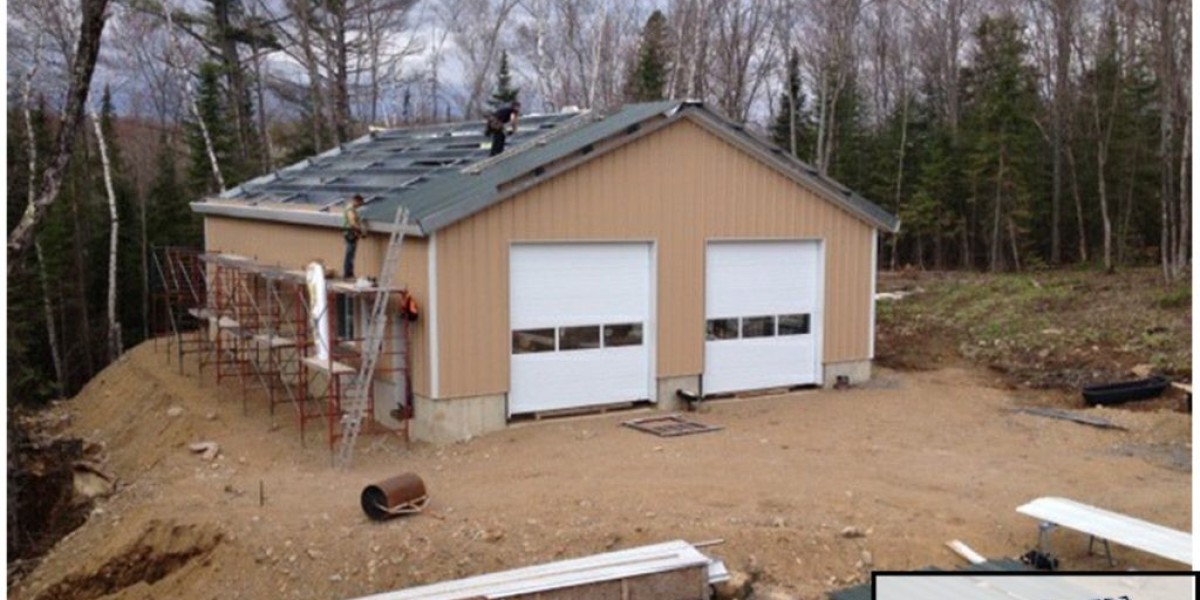The Rise of Steel Structures
Steel structures have become increasingly popular in modern construction due to their numerous benefits. From skyscrapers and bridges to residential buildings and industrial facilities, steel is a versatile and reliable material. Its strength, durability, and flexibility make it an ideal choice for various construction projects.
Unmatched Strength and Durability
One of the most significant advantages of steel structures is their strength. Steel has a high strength-to-weight ratio, which means that it can support heavy loads without being excessively bulky. This property is crucial for the construction of large buildings and bridges, where structural integrity is paramount.
Steel is also highly durable. It is resistant to various environmental factors such as corrosion, termites, and extreme weather conditions. Unlike wood, steel does not warp, rot, or crack, ensuring the longevity of the structure. This durability translates into lower maintenance costs over the building's lifetime.
Flexibility and Versatility
Steel structures offer unparalleled flexibility in design. Architects and engineers can create innovative and complex designs that would be challenging or impossible with other materials. The versatility of steel allows for longer spans, which is particularly useful in creating open and unobstructed spaces.
Moreover, steel can be easily modified and adapted. If there is a need to expand or alter a building, steel structures can be adjusted with minimal disruption. This adaptability makes steel an ideal choice for buildings that may need to evolve over time.
Speedy Construction
Time is often a critical factor in construction projects, and steel structures offer a significant advantage in this regard. Steel components are typically prefabricated off-site, which means they can be quickly assembled on-site. This prefabrication process reduces construction time and minimizes disruptions to the surrounding area.
The speedy construction of steel structures also translates into cost savings. Shorter construction timelines mean lower labor costs and faster project completion, allowing for quicker occupancy and use of the building.
Environmental Benefits
Steel is a sustainable building material. It is 100% recyclable, and the recycling process does not degrade its quality. This means that steel can be reused indefinitely without losing its properties. Many steel structures today are made from recycled steel, reducing the need for new raw materials and minimizing environmental impact.
Additionally, steel structures are energy-efficient. They can be designed to incorporate insulation and energy-saving systems, reducing the building's overall energy consumption. This efficiency not only lowers operational costs but also contributes to a smaller carbon footprint.
Cost-Effectiveness
While the initial cost of steel may be higher than some other materials, the long-term cost benefits are substantial. The durability and low maintenance requirements of steel structures result in significant savings over time. Steel's resistance to damage means fewer repairs and replacements, making it a cost-effective choice for long-term investments.
The speed of construction also adds to the cost-effectiveness. Faster project completion reduces labor and financing costs, allowing for quicker returns on investment. The adaptability of steel structures means that they can be easily expanded or modified, avoiding the need for entirely new constructions.
Safety and Fire Resistance
Steel structures offer superior safety features. Steel is non-combustible, which means it does not contribute to the spread of fire. In the event of a fire, a steel structure can maintain its integrity longer than other materials, providing more time for evacuation and reducing the risk of collapse.
Advancements in fire-resistant coatings and treatments have further enhanced the safety of steel structures. These treatments can protect the steel from high temperatures, ensuring that the building remains safe and secure during a fire.
Aesthetic Appeal
Steel structures are not only functional but also aesthetically pleasing. The material's strength and flexibility allow for sleek, modern designs that can create visually stunning buildings. The clean lines and contemporary look of steel are highly sought after in modern architecture.
The aesthetic appeal of steel structures extends to their versatility in blending with other materials. Steel can be combined with glass, concrete, and wood to create unique and attractive designs. This blend of materials enhances the overall look and feel of the building, making steel structures a favorite among architects and designers.
Conclusion
Steel structures represent the future of construction. Their strength, durability, flexibility, and cost-effectiveness make them an ideal choice for various building projects. The environmental benefits and speedy construction process further enhance their appeal.













